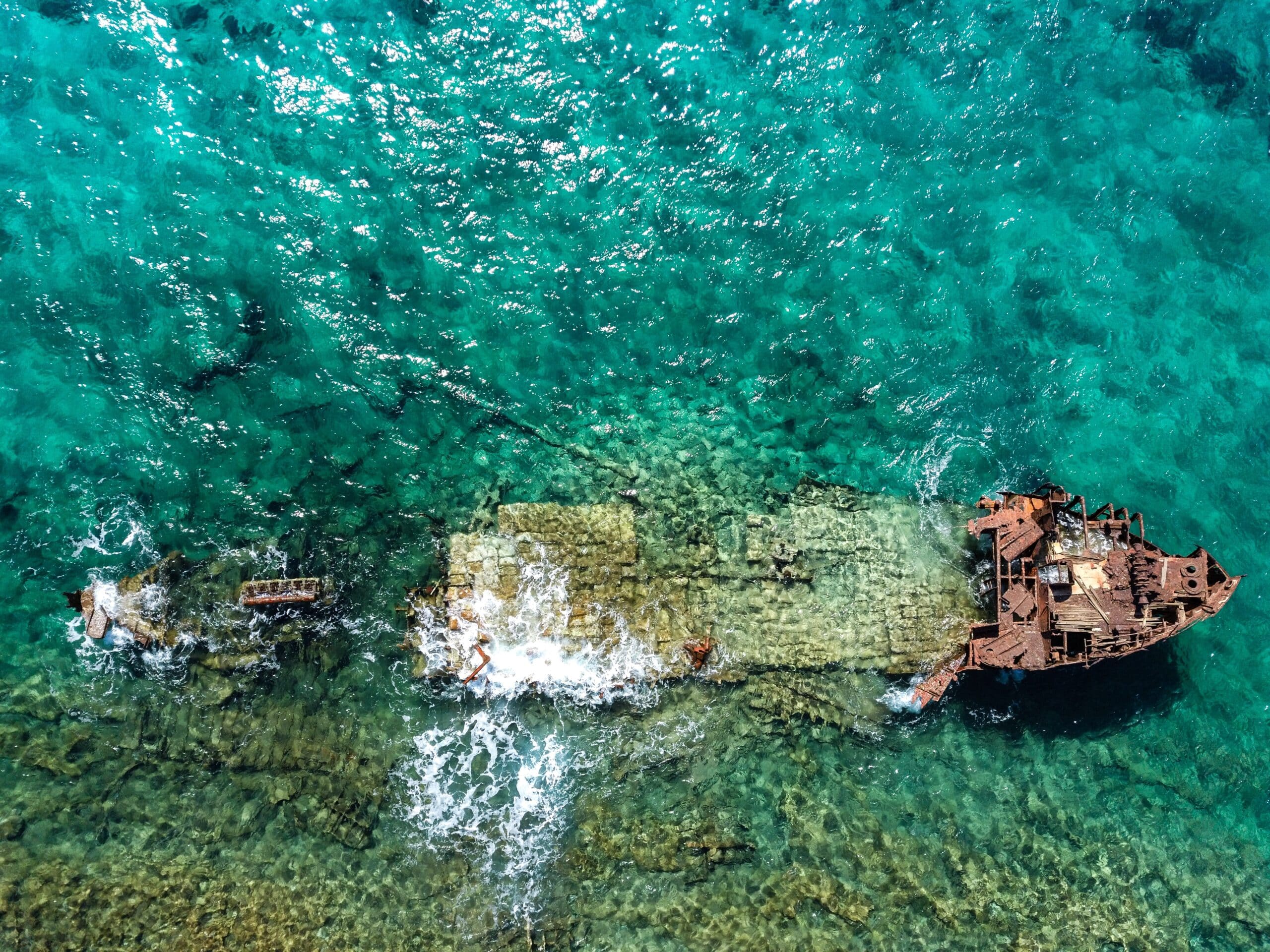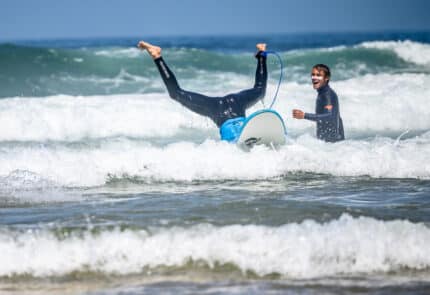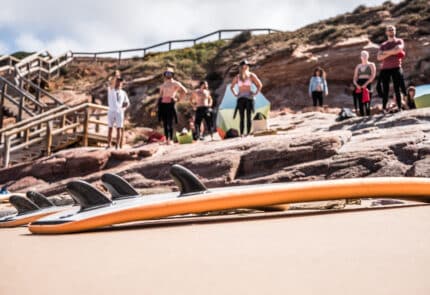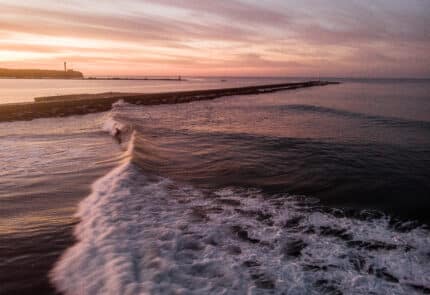The top 5 hazards of surfing
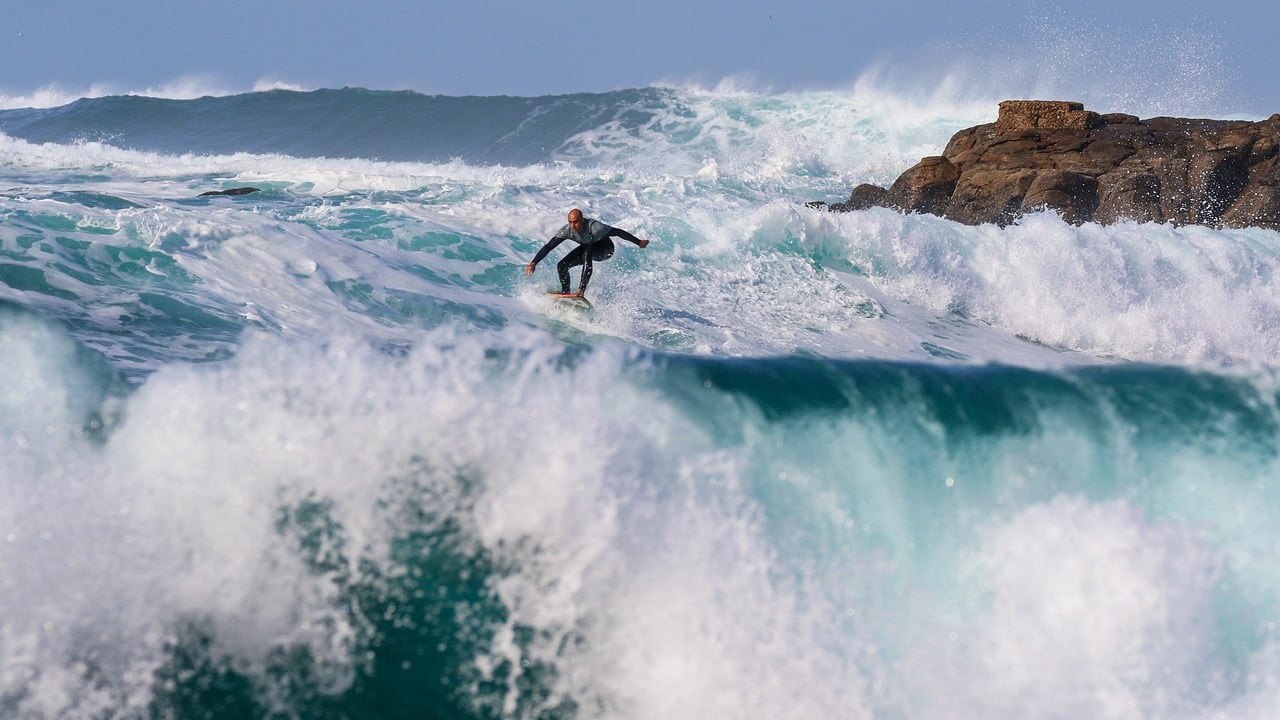
Watching a perfect wave as its peeling down nicely with a clean green face can make you instantly stoked to jump into the water with no thinking but surfing is not just rainbows and butterflies. It’s not a coincidence that surfing is considered as an extreme sport. In this article we will let you know what are the top 5 hazards.
1. Rip current
Rip currents are the top 1 causes of beach rescues for the reason that it is quite hard to identify for those who do not know the ocean very well.
Rip currents are strong, narrow, seaward flows of water that extend from close to the shoreline to outside of the surf zone. They are found on almost any beach with breaking waves and act as “rivers of the sea,” moving offshore the sand, marine organisms, and perhaps unprepared human beings who are unaware and trying to swim or surf in the rip.
Escape plan: It’s very important when we notice that we move offshore not to panic. If we have a board with us , stay on it! It will always float and help us stay above the sea. Make sure we do not paddle against the rip current, only sideways and once we get off the pull try to catch a wave and drink a caipirinha on the shore.
Best way to identify rip currents is from above because that’s how we can see the water flow. Many times it’s a deeper section in between sandbanks so waves are not breaking there. It can have a different color too . Sometimes you can also see the sand or foam moving out with it.
If you are not certain, always ask lifeguards or fellow surfers where there can be rip currents on the beach.

2. Other surfers
Believe it or not but you are not the only person who loves surfing. Often we’re gonna face crowds in the water so make sure you always keep at least 4-5 meters of distance from each other. The worst thing that can happen is being hit by someone else’s surfboard and perhaps being cut by its sharp fins. Follow the surf ethiquette https://www.surfertoday.com/surfing/the-basic-rules-of-surf-etiquette
communicate and stay safe!
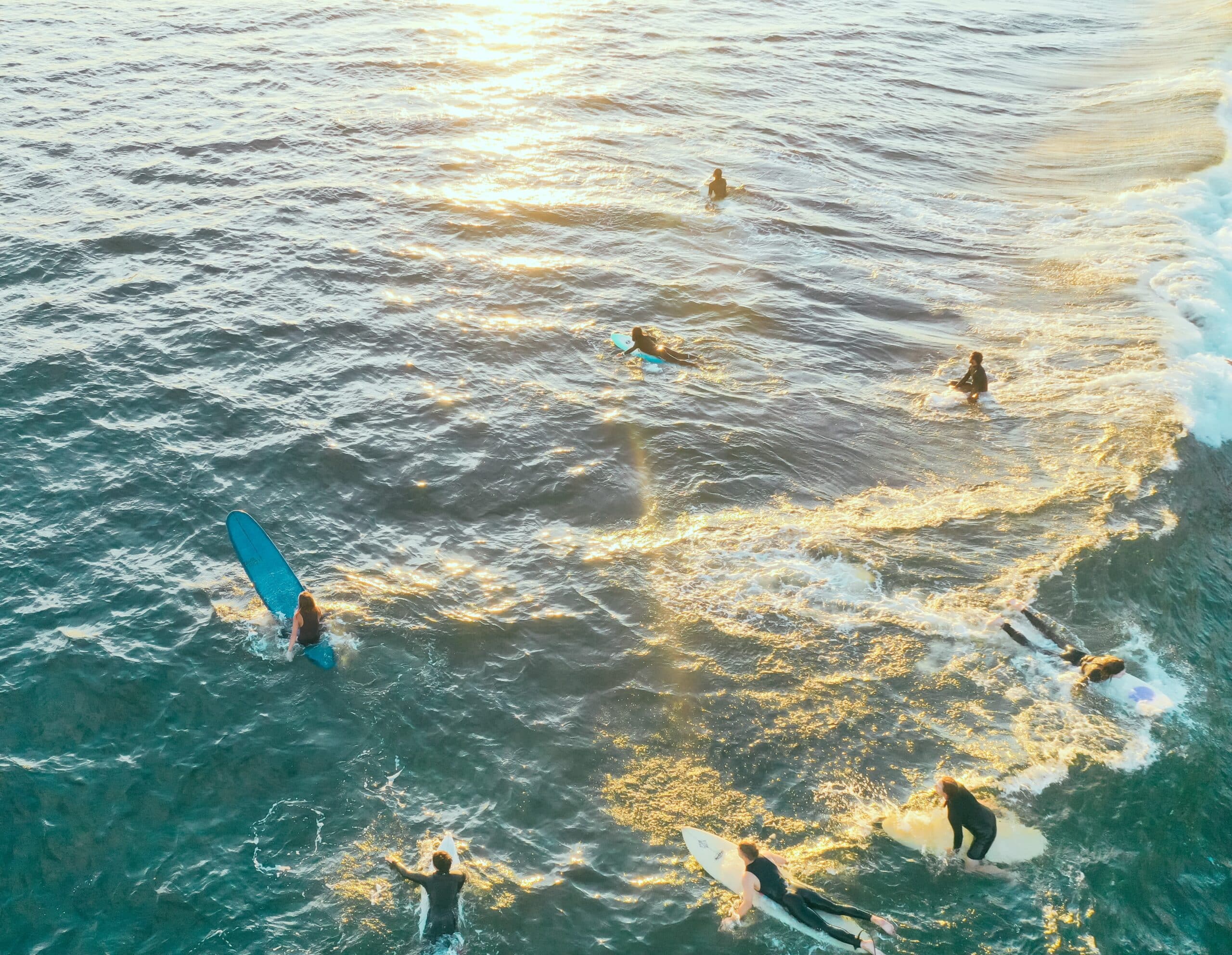
3. Your own board
Especially if you are an inexperienced surfer, you can forget about your own board. Your board in a proper case is attached to you by the leash so when you wipe out the board can hit you . Make sure that after every wipe out you use the safety cover. Put one hand on top of your head, the other on the neck and drive your elbows in to protect your face as well . Do not carry your board by the fins or the leash, it can cut your hand or break your finger easily.
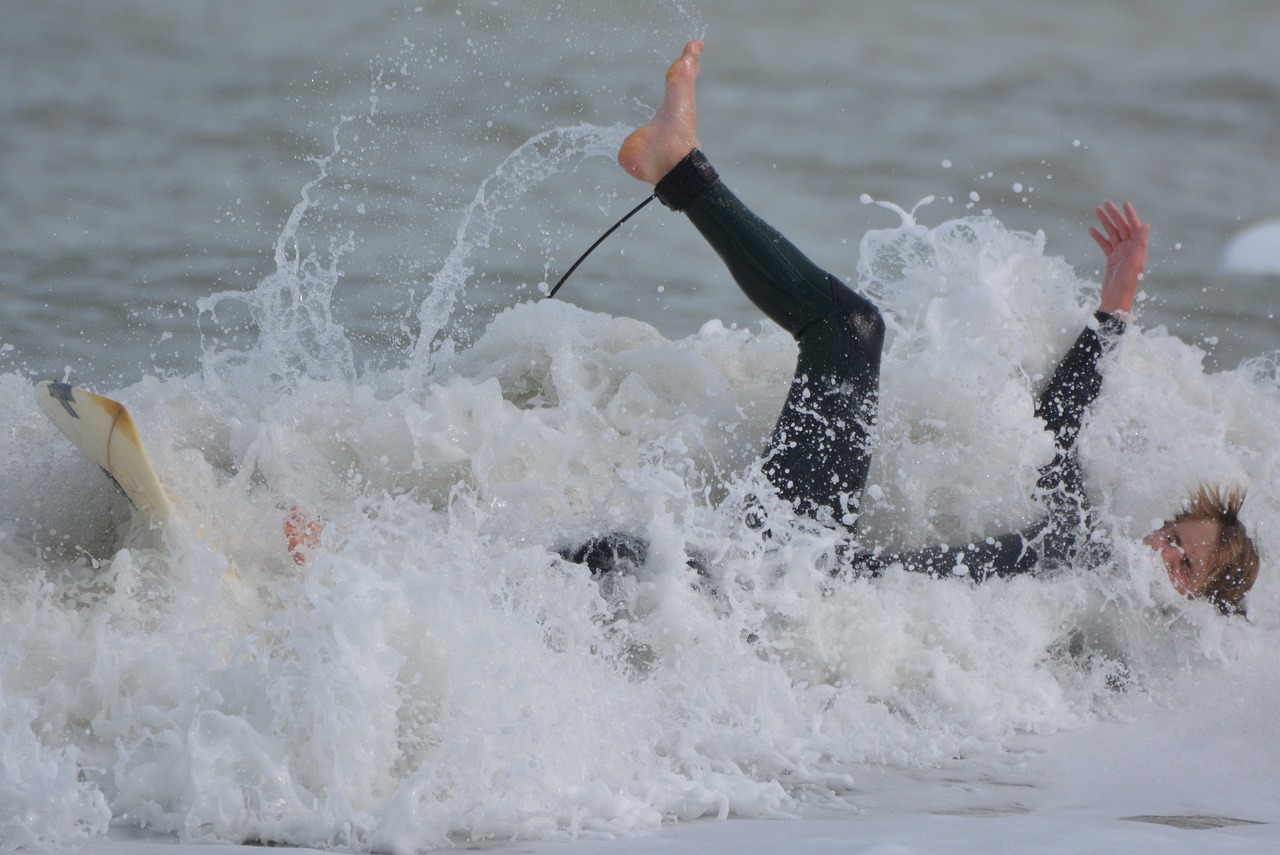
4. Marine life
Here most people are thinking about sharks which is without doubt the scariest animal in the sea. Shark attacks are so rare that the odds are 1 in 3.7 million that you’re gonna meet one.
Actually the most common accident on a surfing lesson is being stinged by a spider fish . As they live under the sand and we might step on them. They sting us and spray poison to our feet. This can feel similar to stepping on glass or pointy rock with a harsh pain . If we notice, the best we can do is to put our feet somewhere hot like the sand or best to boil up water and let our feet there for about 30 minutes. The poison degrades with heat.
Other creatures you can meet in the ocean are jellyfish, seals or sea snakes. Always be aware of your surroundings.
Seek medical attention immediately in case of any injury involving any of these forms of sea life. Remember that no matter how big or small, cute or scary, deadly or playful an ocean-dweller is, he’s in the right. When you take your board into the ocean, you are visiting his home, and you weren’t invited.
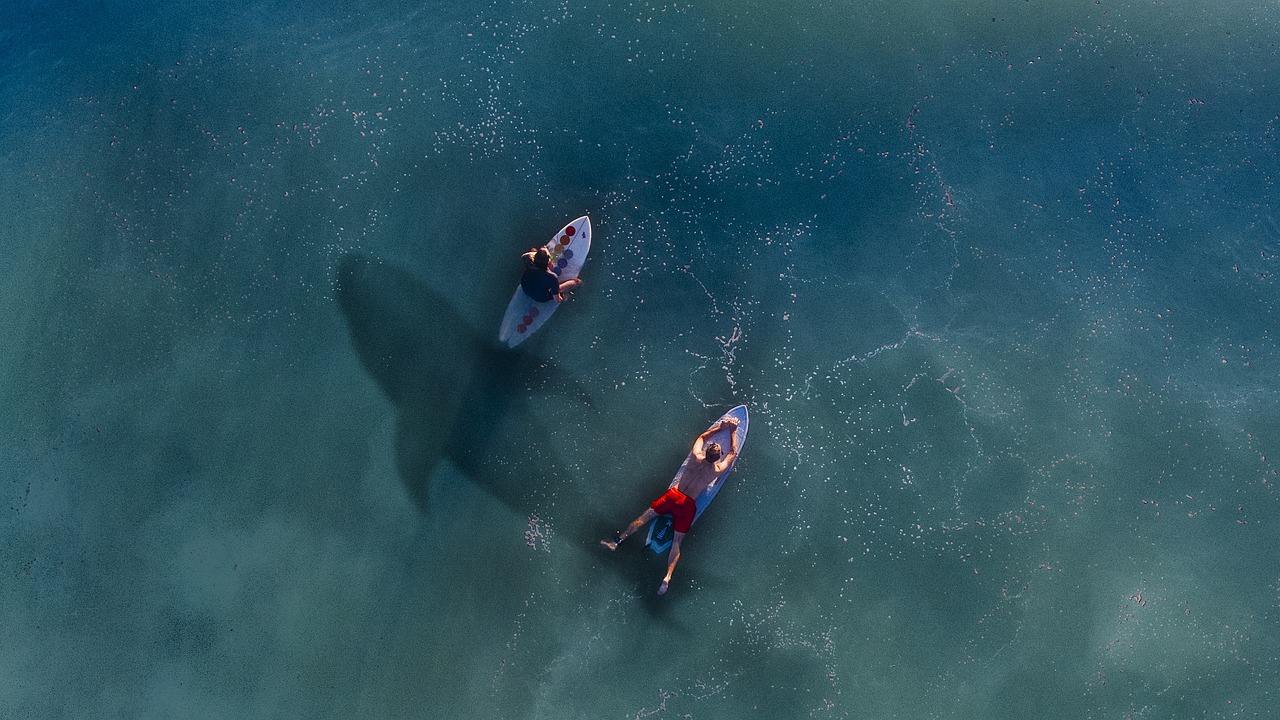
5. Submerged objects
Most of the time people who surf reef breaks meet with sharper rocks or corals. Many times they wore boots or helmets to avoid injuries. Since it’s the ocean anything can be around you from rocks to shipwrecks. Best to plan a visit to the beach at low tide so you can see what’s around or ask locals about the surf spot. Always be aware and use your safety cover when falling. Have a surfing buddy who can share the stoke and have an eye on you.
